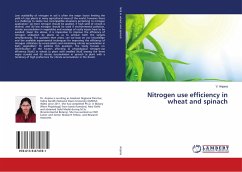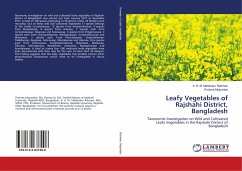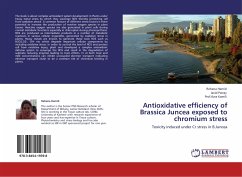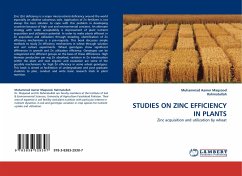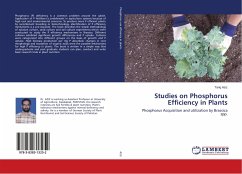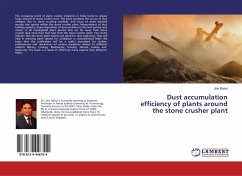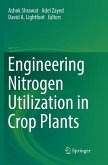Low availability of nitrogen in soil is often the major factor limiting the yield of crop plants in many agricultural areas of the world, however there is a challenge to tackle two incompatible situations pertaining to nitrogen application: (a) more nitrogen should be applied, if high yield of cereals is desired, and (b) less nitrogen should be used if environmental pollution, nitrate accumulation in vegetables and wastage of costly inputs have to be avoided. Given the above, it is imperative to improve the efficiency of nitrogen utilization by plants so as to achieve both the targets simultaneously. The question then arises, can we base on our knowledge and the available experimental techniques for improving the efficiency of nitrogen utilization by cereal plants and minimizing nitrate accumulation in leafy vegetables? To address this question, the study focuses on identification of the factors affecting (i) physiological nitrogen-use efficiency (NutE) in wheat (a plant with smallest NutE among the three major cereals) and (ii) nitrate accumulation in spinach (a plant with a tendency of high preference for nitrate accumulation in the shoot).
Bitte wählen Sie Ihr Anliegen aus.
Rechnungen
Retourenschein anfordern
Bestellstatus
Storno

